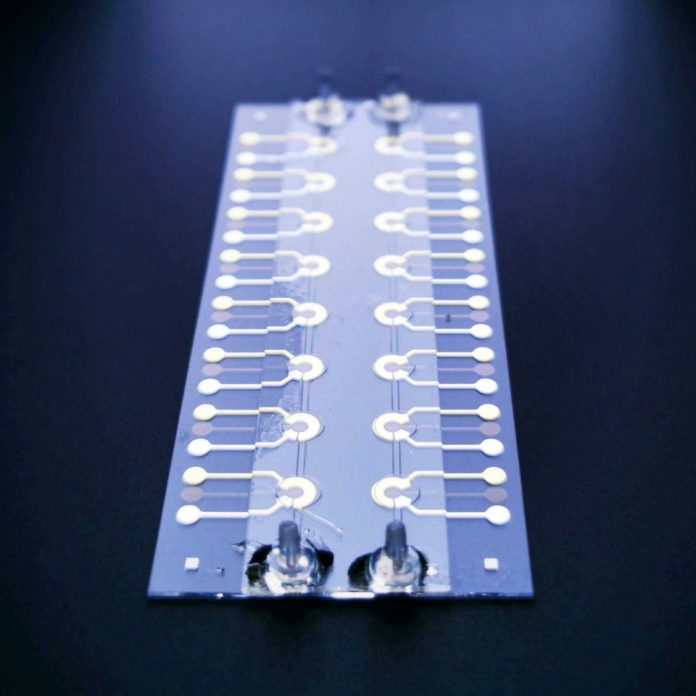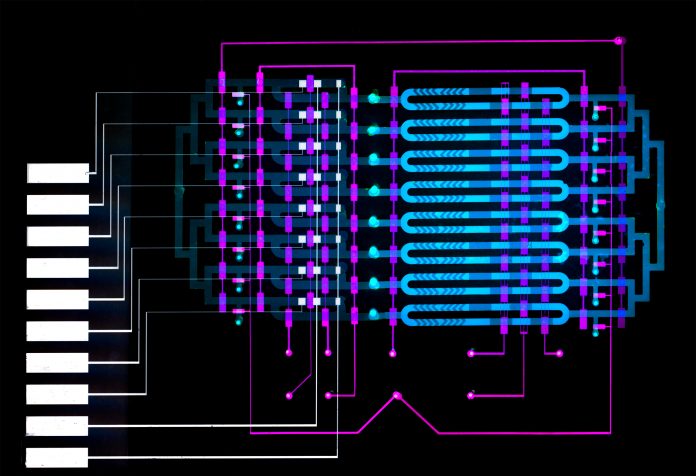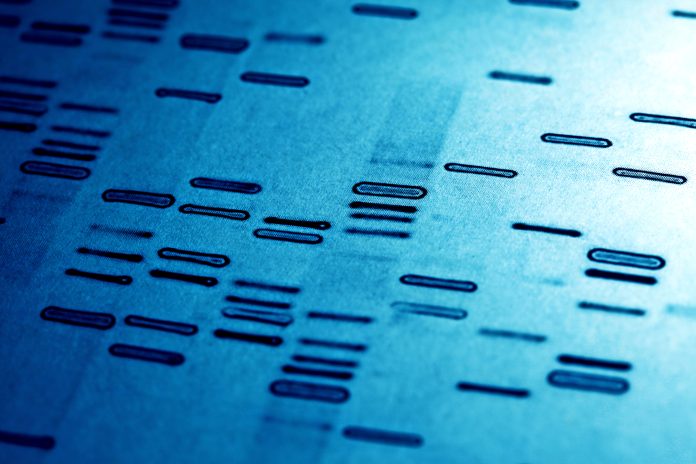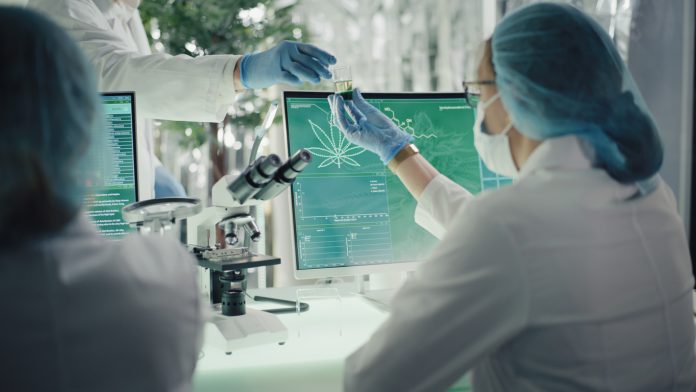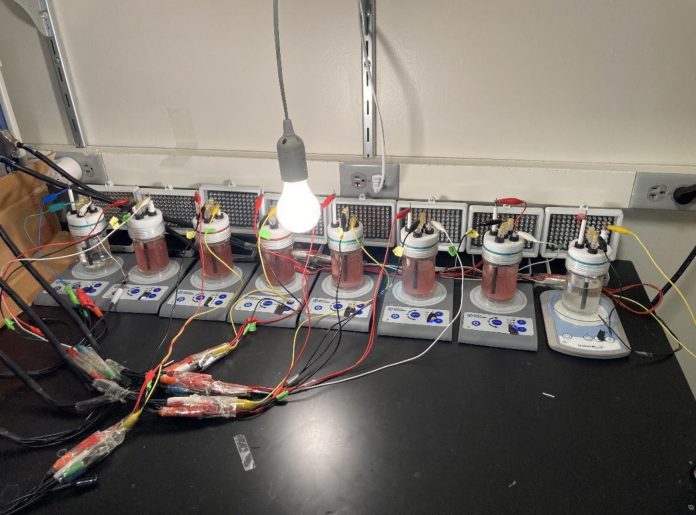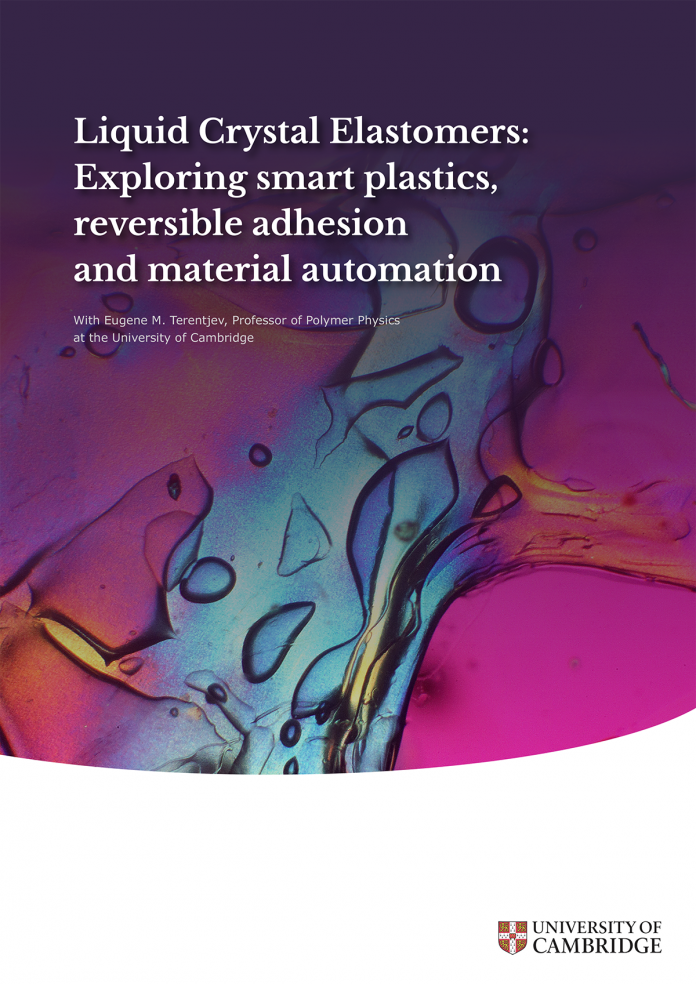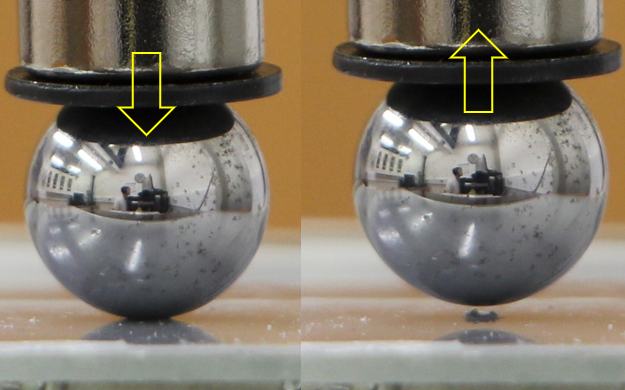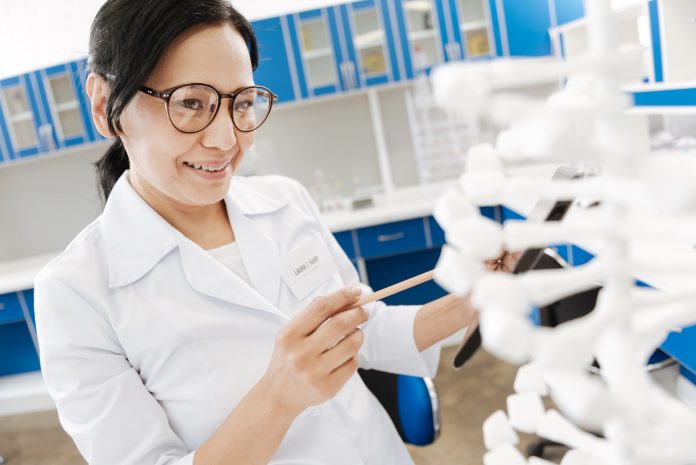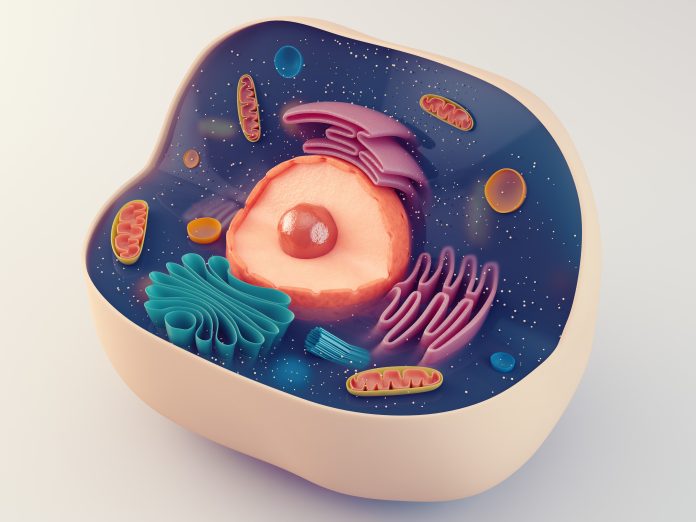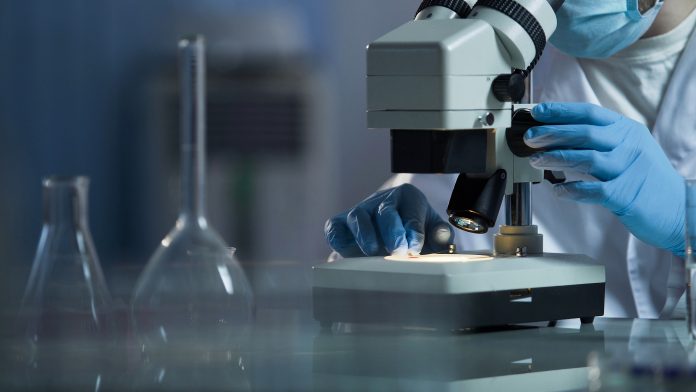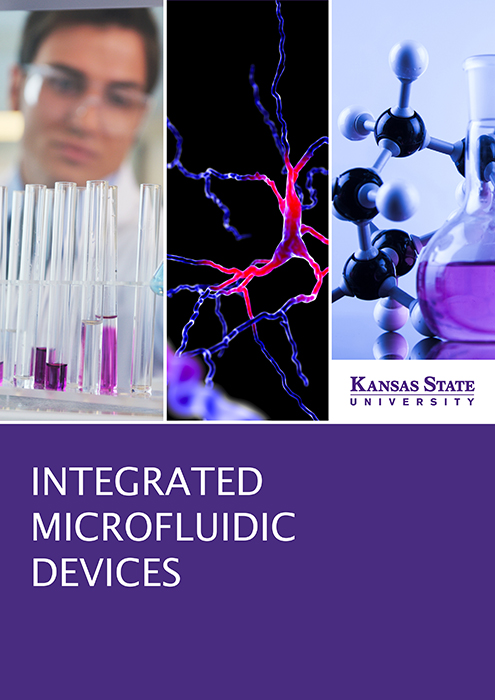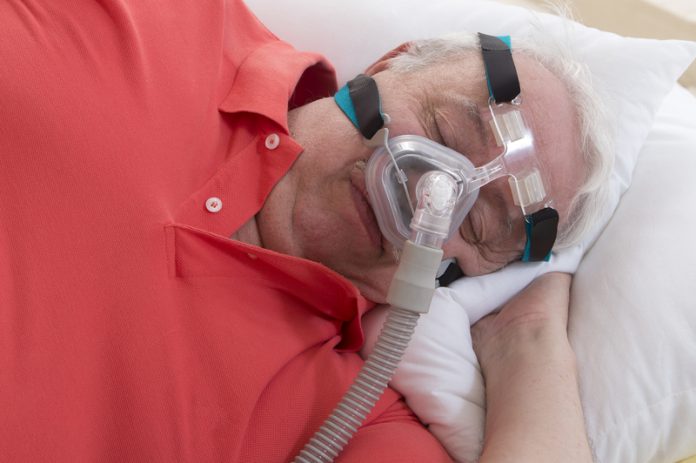Open Access Government produces compelling and informative news, publications, eBooks, and academic research articles for the public and private sector looking at health, diseases & conditions, workplace, research & innovation, digital transformation, government policy, environment, agriculture, energy, transport and more.
Home Search
Microfluidics - search results
If you're not happy with the results, please do another search
Microbes on a chip: How microfluidics can help us better understand and engineer electroactive...
Electroactive microbes exchange electrons with their environment for survival.
Microfluidics device can diagnose sepsis in minutes
A novel sensor designed by MIT researchers could dramatically accelerate the process of diagnosing sepsis, a leading cause of death in U.S. hospitals that kills nearly 250,000 patients annually.
Single chromosome sequencing with Haplomic Technologies
Explore single chromosome sequencing with Haplomic Technologies, starting with some background and corporate history.
The impact of ERC proof of concept grants
A new report highlights the real-world impact of the ERC Proof of Concept (PoC) Grants and their research support.
Haplomic Technologies Pty Ltd
The Company Haplomic Technologies Pty Ltd (HT) was established in 2004 by the late Dr Malcolm Simons and Mr Geoff Swanson with the specific objectives of developing intellectual property for the DNA sequencing of single chromosomes to determine haplotypic phase.
How to convert CO2 to bioplastics in the age of global warming
Arpita Bose, PhD, Associate Professor, describes how to convert CO2 to bioplastics through new bugs and novel tools with a focus on fighting global warming.
Liquid Crystal Elastomers: Exploring smart plastics, reversible adhesion and material automation
Eugene M. Terentjev, Professor of Polymer Physics from the University of Cambridge, enlightens us on Smart Plastics, specifically on how liquid crystalline elastomers bring automation into materials.
Smart Plastics: How liquid crystalline elastomers bring automation into materials
Eugene M. Terentjev, Professor of Polymer Physics from the University of Cambridge, describes Smart Plastics, including a radically new polymer system, liquid crystal elastomers and the associated applications.
Single-cell genomics: Clinical strategies for COVID-19
Here, Cecilia Van Cauwenberghe from Frost & Sullivan’s TechVision Group argues that single-cell genomics empowers clinical strategies for COVID-19.
Microfluidic isolation and analysis of cell organelles
Here, Prof. Dr. Christopher T. Culbertson, Prof. Dr. Stefan H. Bossmann, Jay Sibbitts and Courtney Johnson discuss microfluidic isolation and analysis of cell organelles.
Microfluidic devices: The future is here
Dr Stefan H. Bossmann and Dr Christopher T. Culbertson, Professors of Chemistry at Kansas State University, explain why microfluidic devices are in their view, the future.
A special chemistry focus: Integrated microfluidic devices
In this in-depth piece of chemistry analysis from Kansas State University, we find out that integrated microfluidic devices have become very versatile tools for biological and biomedical investigations.
Technology interventions to address dyspnoea: Point-of-care lung ultrasonography
Cecilia Van Cauwenberghe from Frost & Sullivan’s TechVision Group highlights technology interventions that address dyspnoea – focussing on point-of-care lung ultrasonography
The Murray and Nadel’s Textbook of Respiratory Medicine (Schwartzstein and Adams, 2016), etymologically defines dyspnoea from the Greek dys (painful, difficult) and pneuma (breath). Clinically, dyspnoea constitutes a medical...

